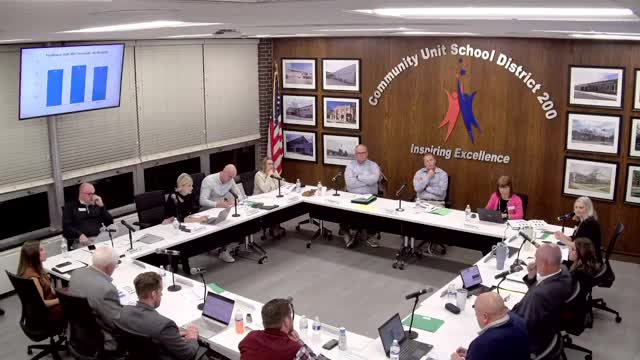Schools Struggle to Support Multilingual Learners
October 24, 2024 | CUSD 200, School Boards, Illinois
This article was created by AI summarizing key points discussed. AI makes mistakes, so for full details and context, please refer to the video of the full meeting. Please report any errors so we can fix them. Report an error »

During a recent government meeting, discussions centered on the challenges faced by multilingual students within the school system, highlighting the unique needs of these learners and the support structures currently in place.
One key point raised was the significant diversity among students, with 87 languages represented in schools, yet only one bilingual program available for Spanish speakers. This lack of tailored support for the remaining 86 languages presents a considerable challenge for both students and educators. Multilingual learners often face the dual task of acquiring a new language while simultaneously learning academic content, which can be particularly daunting.
The meeting also addressed the emotional and psychological hurdles that many multilingual students encounter, especially those who are refugees. These students may arrive with trauma and lack the necessary support at home for their academic work, further complicating their educational experience.
A board member shared a personal account of visiting a school where students were entering third grade without prior schooling experience, underscoring the urgent need for targeted interventions. Another member recounted shadowing a multilingual learner from Colombia, who, despite the challenges, demonstrated remarkable motivation and progress in just one year.
Overall, the meeting concluded with a recognition of the progress made in supporting multilingual learners, while also emphasizing the need for continued efforts to address their unique challenges and enhance educational outcomes.
One key point raised was the significant diversity among students, with 87 languages represented in schools, yet only one bilingual program available for Spanish speakers. This lack of tailored support for the remaining 86 languages presents a considerable challenge for both students and educators. Multilingual learners often face the dual task of acquiring a new language while simultaneously learning academic content, which can be particularly daunting.
The meeting also addressed the emotional and psychological hurdles that many multilingual students encounter, especially those who are refugees. These students may arrive with trauma and lack the necessary support at home for their academic work, further complicating their educational experience.
A board member shared a personal account of visiting a school where students were entering third grade without prior schooling experience, underscoring the urgent need for targeted interventions. Another member recounted shadowing a multilingual learner from Colombia, who, despite the challenges, demonstrated remarkable motivation and progress in just one year.
Overall, the meeting concluded with a recognition of the progress made in supporting multilingual learners, while also emphasizing the need for continued efforts to address their unique challenges and enhance educational outcomes.
View full meeting
This article is based on a recent meeting—watch the full video and explore the complete transcript for deeper insights into the discussion.
View full meeting
